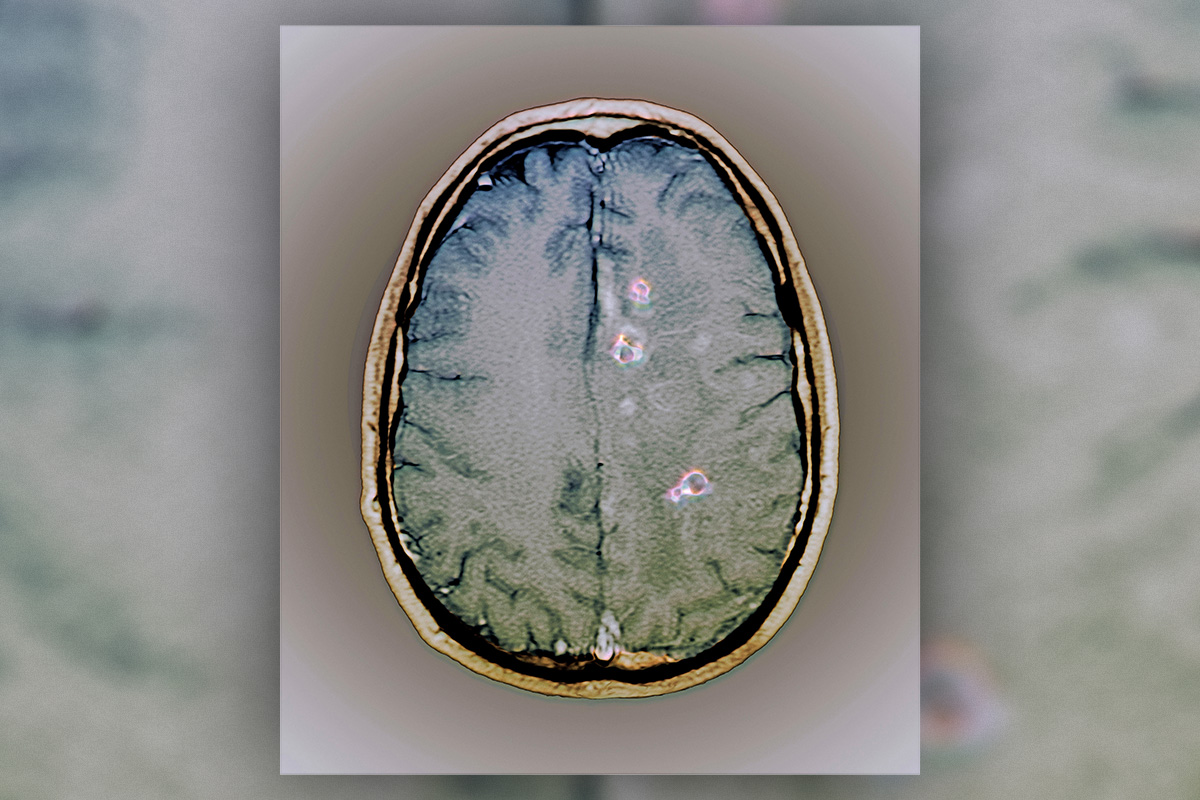This Parasite Is a Surprising Cause of Seizures in the US

The idea of tapeworm larvae traveling to your brain and forming life-threatening cysts sounds horrifying. But for many people around the world — including a surprising number in the United States — this condition is a reality.
Now, U.S. doctors are releasing new guidelines on how to identify and treat this condition, called neurocysticercosis, to help tackle the disease in this country.
"Neurocysticercosis is an important problem in the United States, and the right diagnosis and treatment are critical," Dr. A. Clinton White, lead author of the guidelines and professor of infectious diseases at the University of Texas Medical Branch in Galveston, said in a statement.
The guidelines, which were developed by the Infectious Diseases Society of America (IDSA) and the American Society of Tropical Medicine and Hygiene (ASTMH), were published today in the journal Clinical Infectious Diseases. [8 Awful Parasite Infections That Will Make Your Skin Crawl]
Neurocysticercosis occurs when a person ingests microscopic eggs from a pork tapeworm (Taenia solium). This can happen when a person eats infected pork that's undercooked, according to the Centers for Disease Control and Prevention. If the tapeworm's eggs hatch in a person's intestine, the larvae can travel throughout the individual's body, including to the brain, where they form cysts, resulting in neurocysticercosis.
Symptoms of the disease depend on the location of the brain cysts and can range from harmless to life-threatening, according to the IDSA. The most common symptoms are headaches and seizures; in fact, neurocysticercosis is one of the most common causes of seizures around the world, the IDSA said.
Other symptoms may include nausea, vomiting, dizziness and altered mental status. The condition may also lead to stroke, meningitis (swelling of the membranes that cover the brain and spinal cord) or blindness, according to the World Health Organization.
Sign up for the Live Science daily newsletter now
Get the world’s most fascinating discoveries delivered straight to your inbox.
In the U.S., more than 2,000 people are hospitalized with neurocysticercosis each year, according to the IDSA. Most U.S. cases occur in people who have traveled to this country from developing nations in Latin America, Africa or Asia, where the tapeworm, called Taenia solium, is common, the IDSA said. There are about twice as many hospitalizations for neurocysticercosis in the U.S. each year than there are for malaria, according to a 2015 study.
If doctors suspect that a person has neurocysticercosis, the patient should have both a CT scan and an MRI — two types of brain scans — according to the new guidelines. And to confirm the diagnosis, the patient should have a special blood test called an enzyme-linked immunotransfer blot, or EITB.
Treatments include anti-epileptic medications for people experiencing seizures, as well as steroids and anti-parasitic drugs. In some cases, the brain cysts can block a ventricle, or a fluid-filled cavity in the brain, and this complication can be life-threatening. In these cases, the cysts need to be surgically removed, the guidelines said.
"Neurocysticercosis is a serious problem, but with optimal diagnosis and treatment, patients can be managed effectively," White said.
Original article on Live Science.

Rachael is a Live Science contributor, and was a former channel editor and senior writer for Live Science between 2010 and 2022. She has a master's degree in journalism from New York University's Science, Health and Environmental Reporting Program. She also holds a B.S. in molecular biology and an M.S. in biology from the University of California, San Diego. Her work has appeared in Scienceline, The Washington Post and Scientific American.
Flu: Facts about seasonal influenza and bird flu
What is hantavirus? The rare but deadly respiratory illness spread by rodents










